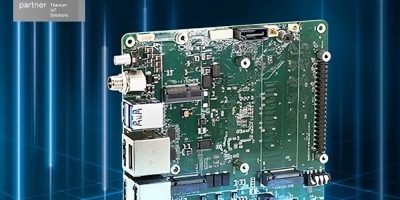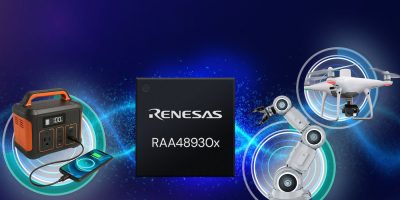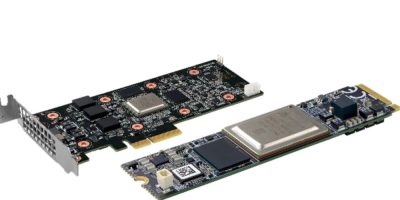AAEON’s UP brand has announced the release of the UP Xtreme ARL, its first product to feature the new Intel Core Ultra 200H Series platform (formerly Arrow Lake). The platform’s enhanced integrated CPU, GPU, and NPU provide up to 97 TOPs of AI performance, one of the reasons AAEON has positioned the product as a platform for professional developers to build advanced industrial robotics and Autonomous Mobile Robots (AMR) applications.
The board is the first Arrow Lake-powered embedded product to have obtained Intel ESQ (Edge Solution Qualification). This qualification ensures validated hardware and software integration for high-performance, reliable, and scalable AI edge computing applications.
The UP Xtreme ARL’s enhanced chip architecture sees the board leverage performance advancements through both a power-optimised core microarchitecture and Intel DL Boost-accelerated integrated Intel Arc 140T GPU. In addition, its Intel AI Boost NPU offers extensive software framework support, something that the brand’s UP Community will see as a big plus for streamlined model development.
As expected, the UP Xtreme ARL is equipped with a Raspberry Pi-compatible 40-pin GPIO, while also offering dual RS-232/422/485 pin headers, as well as MIPI-CSI camera support via a 61-Pin FPC connector. The board provides two USB 3.2 Gen 2 interfaces via two Type-A ports, alongside three USB 2.0 interfaces via one Type-A port and an internal 10-pin header offering an additional two. Alongside its varied USB configuration is two ethernet ports, one providing 2.5GbE and one Gigabit Ethernet speed. The board offers substantial expansion options, with two M.2 2280 M-Key slots joining one SATA drive for storage, alongside both M.2 2230 E-Key and M.2 3052 B-Key slots for wireless module support.
For OS support, the UP Xtreme ARL is compatible with Windows 10/11 LTSC, Ubuntu 24.04 LTS, and Yocto 5+. AAEON also provides a variety of drivers and setup documentation for GPU, NPU, and IPU functionality on its website product page.







